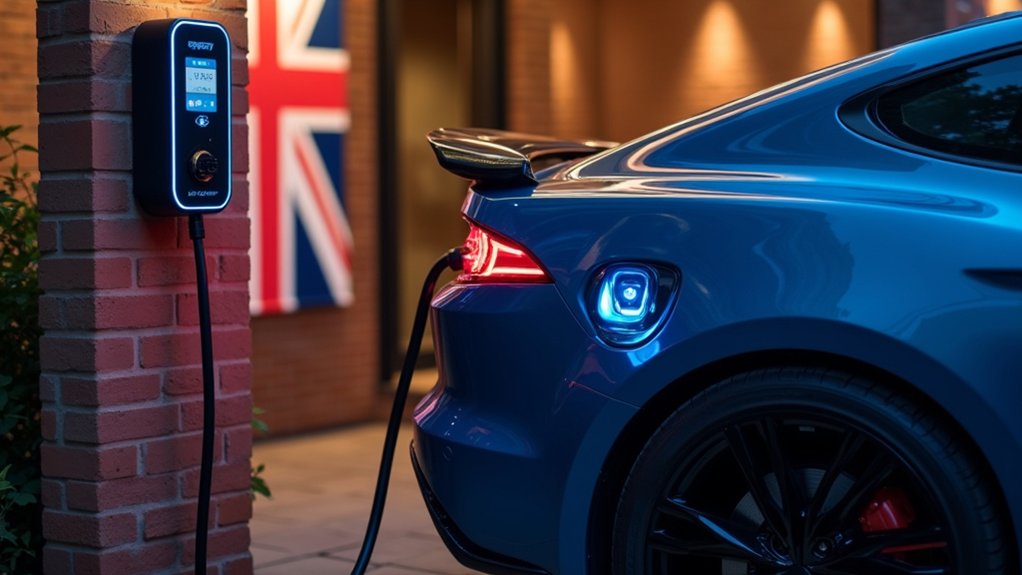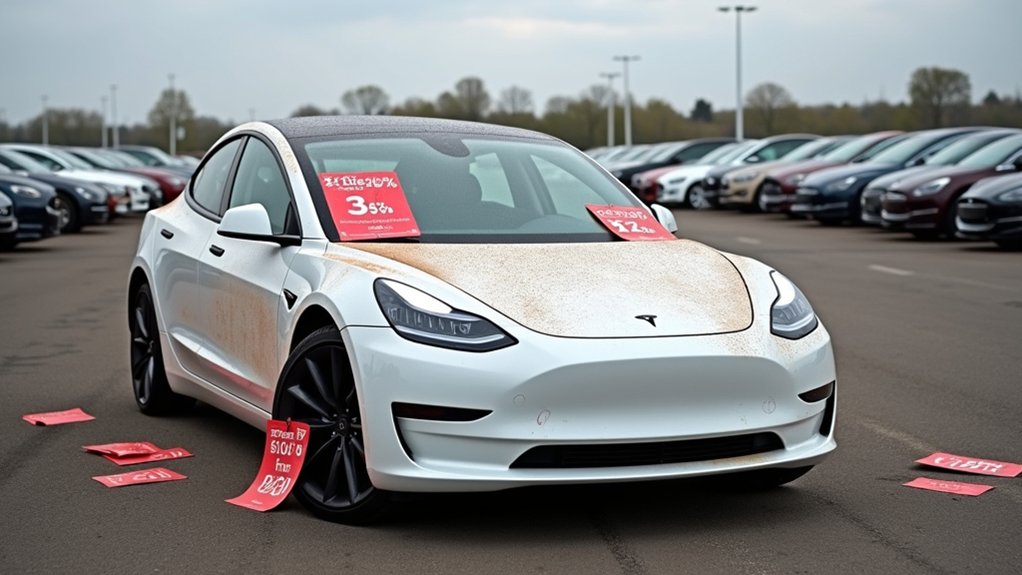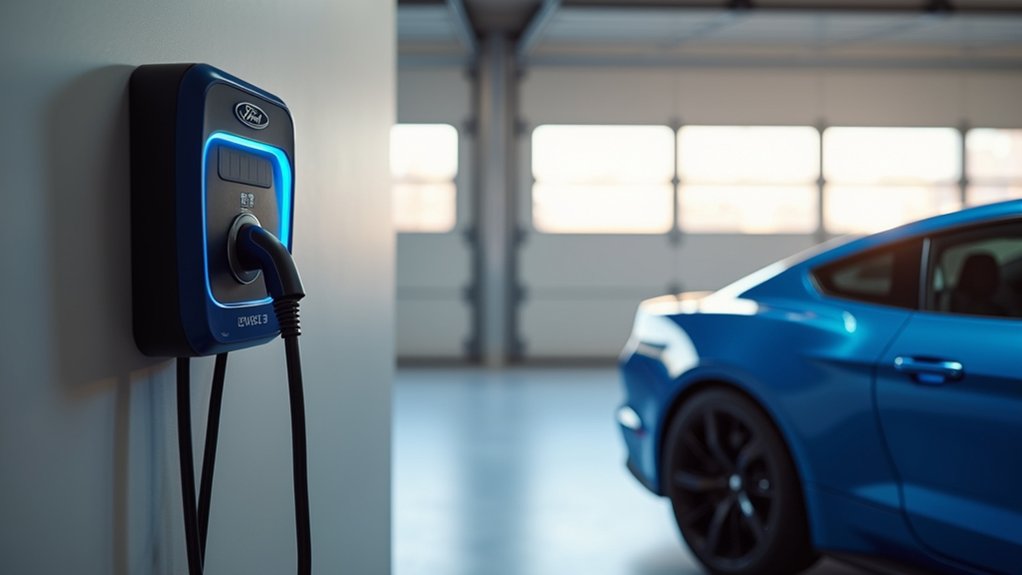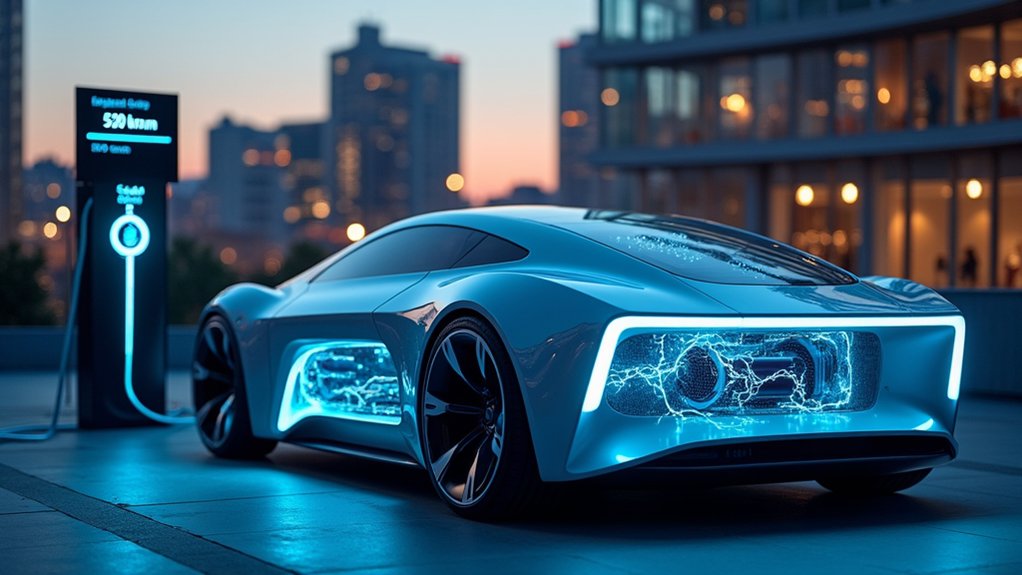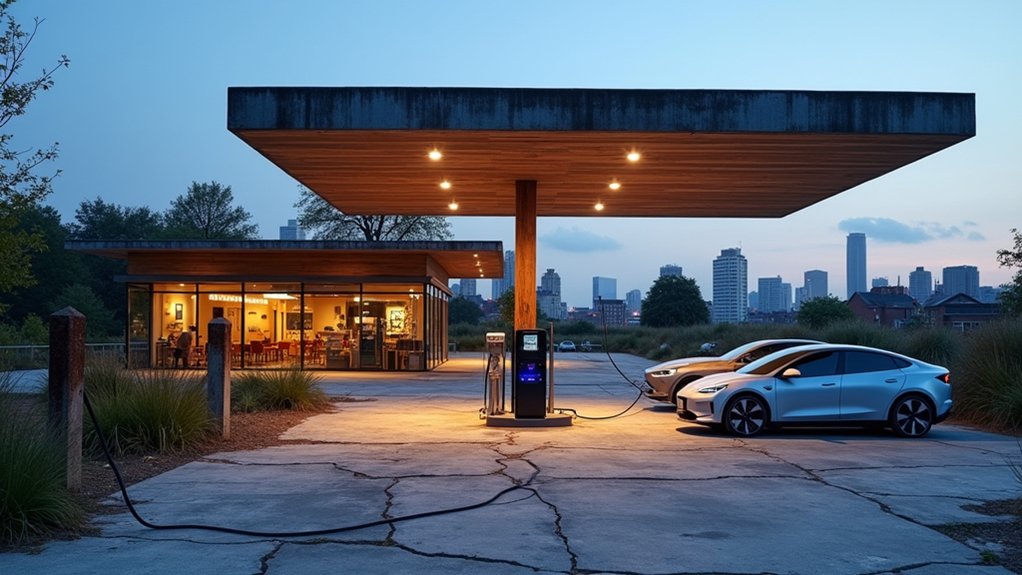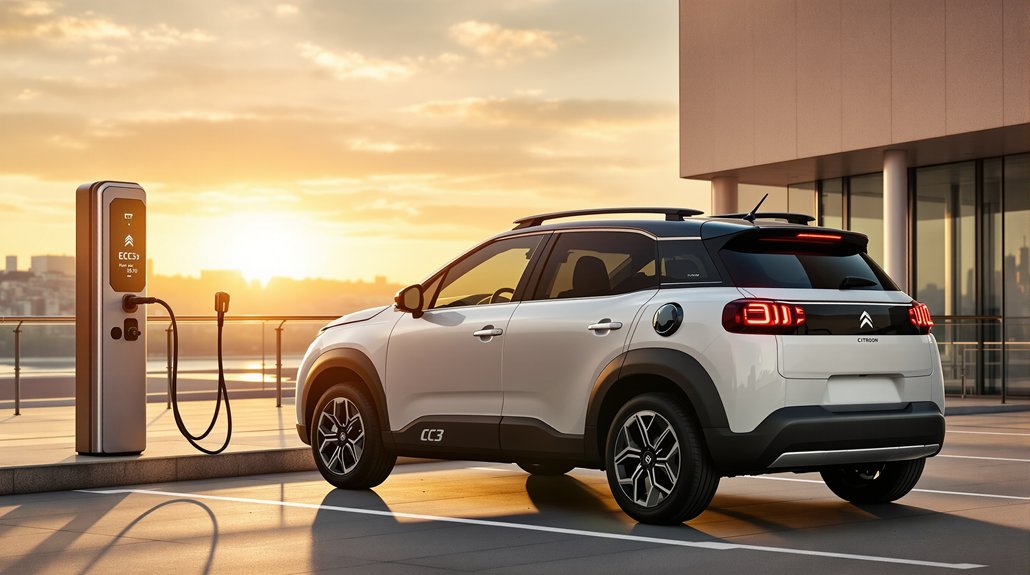As the electric vehicle market heats up, Ford has revealed its extensive Power Promise program, offering free Level 2 home chargers and standard installation to buyers of the Mustang Mach-E, F-150 Lightning, and E-Transit models. This initiative, extended into 2025, addresses a critical pain point for potential EV adopters by eliminating the guesswork of finding compatible equipment and qualified installers.
The automaker has strategically expanded this program to the United Kingdom, where customers receive identical charging hardware benefits alongside additional perks. UK buyers gain access to a five-year service and towing assistance plan, membership to the Blue Oval Charge Network with 33,000 public charging stations, and a 10,000-mile home energy bonus. These incentives represent Ford’s aggressive push to capture market share abroad.
Ford’s thorough approach tackles common EV adoption barriers head-on. The 8-year, 100,000-mile battery warranty addresses durability concerns that often give prospective buyers pause. This warranty, coupled with 24/7 live support from specialized EV advisors, creates a safety net for customers maneuvering unfamiliar technology. Ford developed this comprehensive program based on customer and dealer insights to specifically address the most significant concerns affecting buyer decisions.
Ford’s warranty and support structure provides the essential safety net EV buyers need when venturing into unfamiliar technology territory.
The program’s timing aligns perfectly with consumer charging habits, as data shows over 85% of EV charging occurs at home. Typical home charging stations cost between $799-$1,999, making Ford’s free installation offer particularly valuable. Ford’s emphasis on domestic charging solutions demonstrates a keen understanding of user preferences and practical needs.
The Power Promise has already contributed to Ford’s record EV sales in 2024, with customers across all 50 U.S. states capitalizing on these offers. Ford’s parallel “From America, For America” campaign has introduced employee pricing for all buyers, formerly an exclusive benefit, further enhancing affordability.
I’ve observed that Ford’s strategy differs markedly from competitors by focusing on tangible ownership benefits rather than just vehicle specifications. This approach positions Ford as customer-centric in an increasingly crowded marketplace.
The combination of charging infrastructure, technical support, and financial incentives creates a compelling value proposition for consumers still hesitant about shifting to electric vehicles. Ford clearly understands that EV adoption requires more than just building compelling vehicles.
